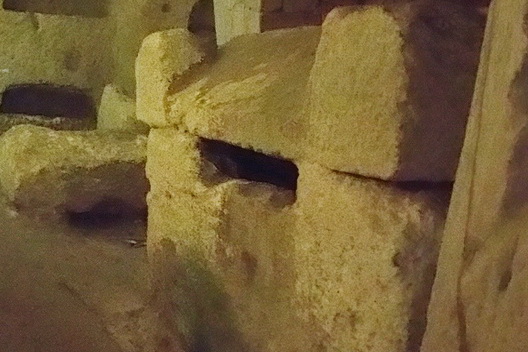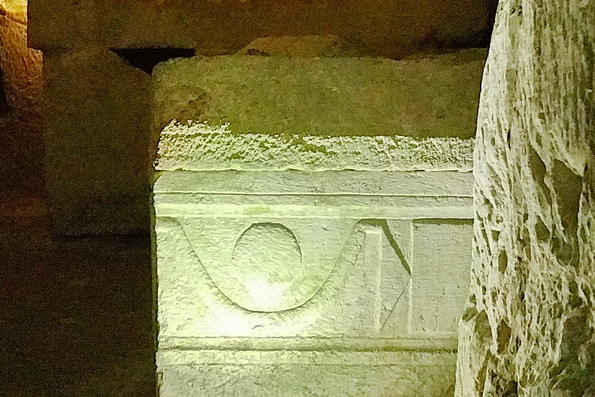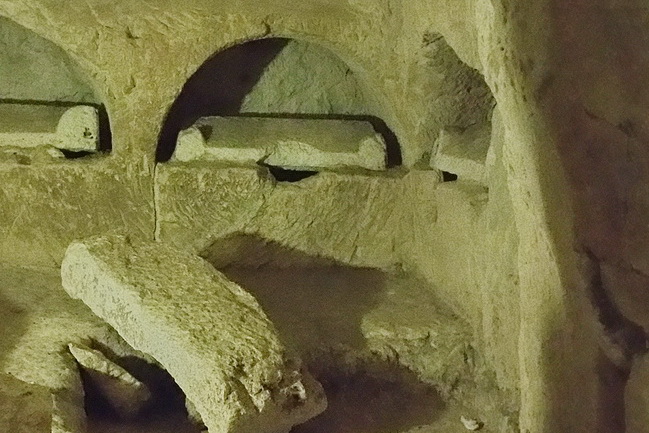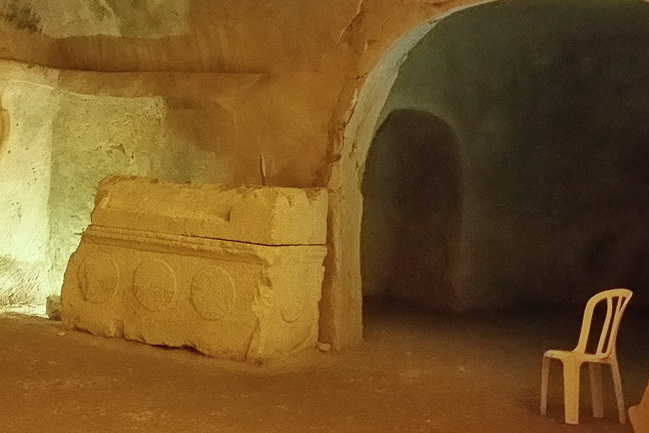A short account of Beit She'arim, given by your Israel & Jerusalem private tour guide
Amidst a small, lovely park in the lower Galilee, in very quiet surroundings, lies the most fascinating Jewish cemetery in the country - a true necropolis. Why here? What is the story behind it? How old is the site? How large? Why was it declared a World Heritage Site by UNESCO? All of these questions will be answered when you visit Beit She'arim.

click on all the photos to open them up
A unique figure
Rabbi Yehuda Hanassi (the patriarch) was the most outstanding Jewish religious and political authority of his time – the end of the second and beginning of third centuries CE. His vast knowledge, wealth and more than all – his writing and editing the most important codex of laws since the Bible, the Mishna, that became the most important manual for Jewish life – made him famous through the entire Jewish world.
So, what’s the connection to Beit She’arim?
Since the first century BCE, Beit She’arim was an important Jewish town in the lower Galilee. Rabbi Yehuda lived there and in Tzippori for most of his life, and was buried nearby when he died circa 217 CE. So great was the adoration for him that Jews from surrounding countries wanted to be buried near him. Throughout the third century, hundreds of men and women were buried in a series of burial caves, creating this amazing necropolis – all of it in honor of Rabbi Yehuda Hanassi.
What is there to see?
The full tour of the site takes you to many of the 30 burial caves, some small and some very large. You can see the ornate doors at the entrances to the caves, the different types of burials and the decorations added to the caves, especially to the sarcophagi of various individuals. In some caves you can find the most dominant Jewish symbol - the menorah.











Leave A Comment
You must be logged in to post a comment.